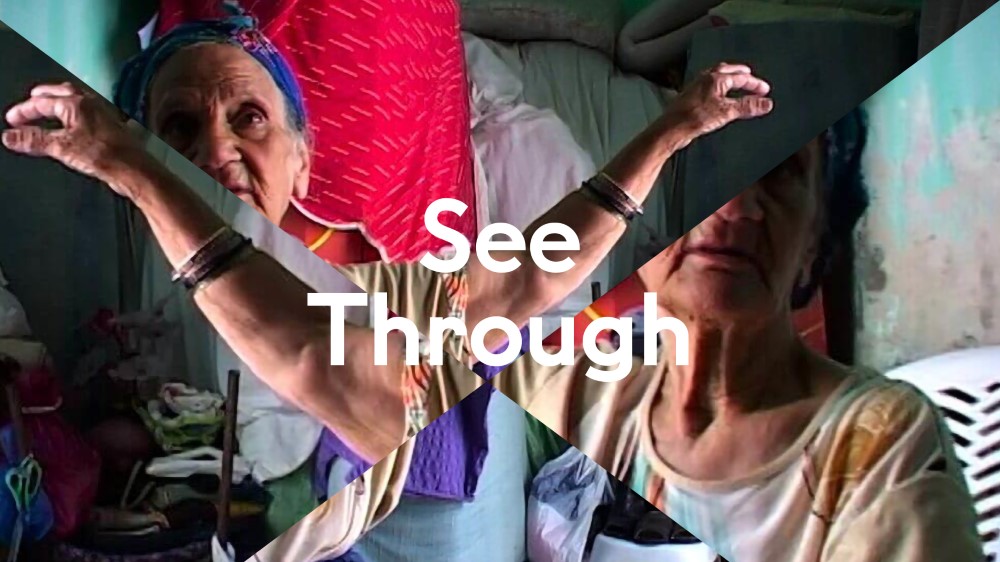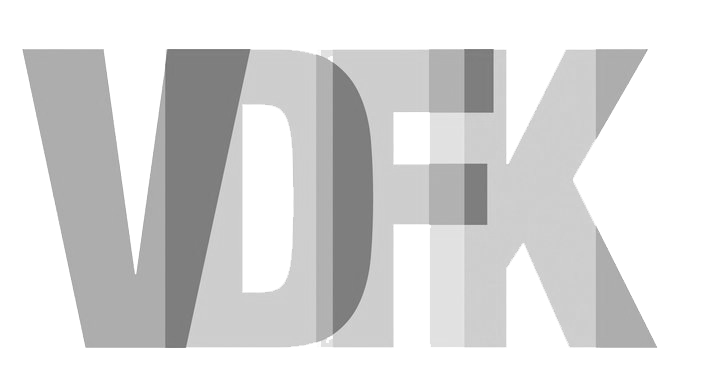
See Through vs. Overview
By Dennis Vetter
“Insight” is a term that presumes something: that knowing and seeing are inextricably connected to each other. “Having an insight” seemingly means to be in the know, to be ahead of the situation, and almost to foresee the direction into which it could develop. Whoever has an insight into things can see their essence, can see through them.
Is it possible to see through a film, to fathom it entirely? Even though images can never be translated into language or be rationalized completely? Cinema, as a form that sets images into the flow of time, escapes language and also eludes the total grasp of the gaze. Entire realities are reduced to moments within the timeflow of the film. Cinema defies the audience’s insight while claiming in turn to have an insight of its own. Directors, editors, and cinematographers create images and sequences of images that are supposed to be translucent. Sequences of images that are supposed to point at their foundation.
Having an overview in the cinema, being a connoisseur of cinema: mapping the history of film, collecting data and facts, listening to the voices of cinema, finding its anchor points, deciphering its strategies, analyzing its systems. Looking beyond images and knowing what influenced the creation of a film. Having an overview is not the same as having an insight, even if the one is often mistaken for the other. Thus, many people think that there are cinema experts who may speak when others must remain silent. Some directors believe to be experts themselves, preferring to boast their knowledge instead of daring to have a vision. Does the responsibility lie with critics and programmers for gladly shaking hands with those who interpret their overview as insight?
Other concepts of image-thought: permeability and transparency. Disclosing the foundations of one’s own knowledge and methods. Standing by one’s decision to show films not because of knowledge but against better knowledge, because they don’t leave any other choice, and because they don’t lend themselves easily to a program but are essential for it. Making films because they are indispensable and the images must not be misappropriated, although they refute their own certitude. Transparency in seeing: being shone through by the images, thus becoming visible and tangible in the world and for the world. A powerful image does not reveal the world to me but reveals me to the people with whom I experience it.
Seeing the spaces between the images as well as the images themselves. Savoring both esthetic disruptions and achievements. Transparency and permeability might not be conducive to having an overview, but they might be the first steps toward having an insight. At least their prospects are good.
A video of the debate can be found here. The conversation “Filmmakers Talk Back” with the filmmakers of the short film programme can be seen here.
